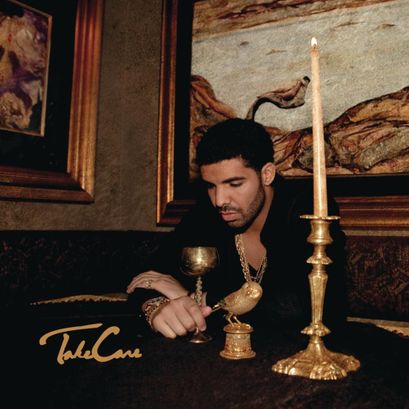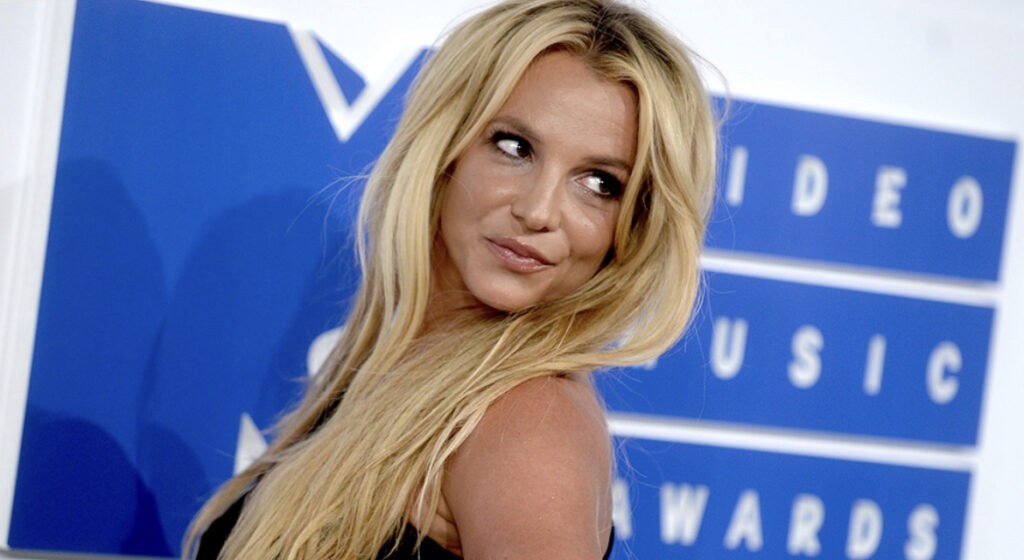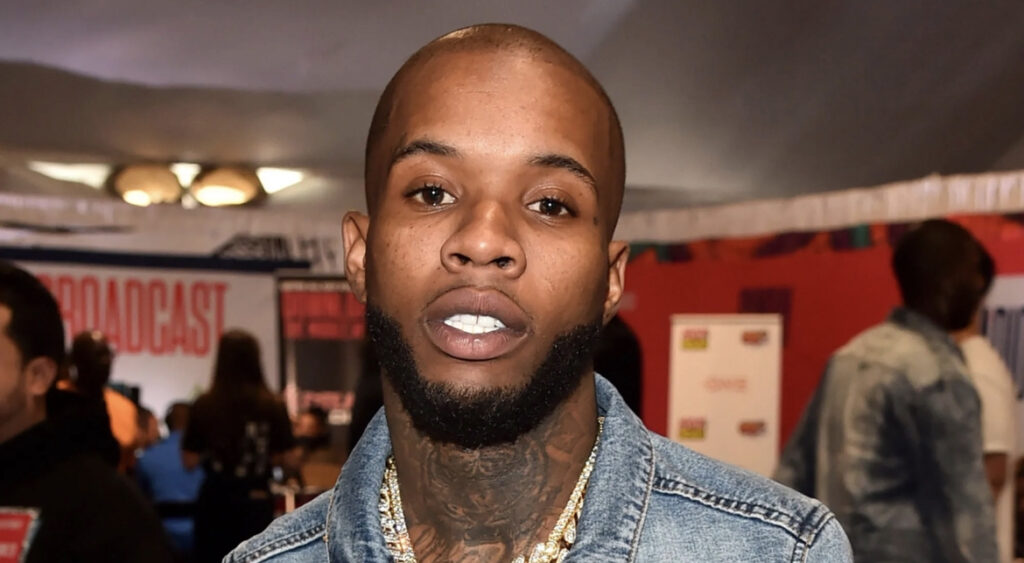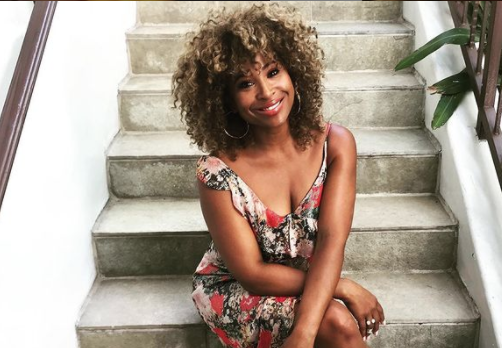15 Nov 10 Years of ‘Take Care’
 Today in 2011, Drake released his sophomore LP, Take Care. The album came just under 18 months after his major label debut, Thank Me Later, which was widely considered a disappointment, especially among fans who had followed the Canadian since his pre-Young-Money days.
Today in 2011, Drake released his sophomore LP, Take Care. The album came just under 18 months after his major label debut, Thank Me Later, which was widely considered a disappointment, especially among fans who had followed the Canadian since his pre-Young-Money days.
At the time of its release, the album cover for Take Care was lampooned mercilessly on social media. The idea of Drake being “soft” — an idea entirely rooted in his popularity among women and girls — had already started being formed with the success of singles like “Best I Ever Had” and “Find Your Love.” The Take Care artwork, for whatever reason, was a reinforcement of this idea among certain fans — almost invariably male — who roasted Drake in the days following the artwork’s release.
For someone who witnessed the ridiculing of Ja Rule into oblivion less than a decade earlier, it seemed like Drake might suffer a similar fate. However, the very thing that was the instrument of his public roasting turned out to be his lifeline. When Take Care finally arrived, it was so universally loved that many of the people who poked fun at its artwork ended up singing its praises on the very same social media platforms. And as the derision had gone viral, so did work about how good Drake’s new album was. Drizzy had basically established himself as a rapper who was too good to not like despite being “soft,” which was a first.
By surviving that roasting, we could argue that Drake gained antibodies that have made him immune to certain types of ridicule. Today, he now gets away with heart-shaped linings in his hair and pictures like this. And we ain’t mad.
Much like Thank Me Later, Take Care had a long runway leading up to its release, with Drake putting out three lead singles as he did with his debut. “Marvins Room,” though a moderate success on the charts, was an instant classic; on “Headlines,” Drake directly addressed concerns about him falling off while claiming his spot in the rap game; and on “Make Me Proud” (featuring Nicki Minaj), we are blessed with numerous quotable lines and a hook that will get you hooked on the first listen. If Drake indeed fell off, he stood back up with the first three singles of Take Care.
When the album finally arrived, the world caught YOLO fever with “The Motto,” which became an anthem for people who wanted to make bad decisions in peace. The term YOLO — which stands for “you only live once” — would become such a part of the cultural lexicon that articles would be written about it, thereby exposing it to boomers and making it uncool. But it had a good run.
On “Cameras,” get a first glimpse at Drake and frequent collaborator Noah “40” Shebib’s ability to use R&B samples masterfully. The song borrows heavily from Jon B.’s “Calling on You.” It was co-written by then-up-and-comer The Weeknd, whose profile was rising rapidly after Drake gave his breakthrough project, 2011’s House of Balloons, a resounding co-sign. The fellow Toronto native would receive songwriting credits on four other Take Care tracks: “Practice,” “Shot for Me,” “The Ride” and “Crew Love,” the last of which also features The Weeknd and the latter three of which were initially intended for House of Balloons.
Another future superstar — Kendrick Lamar — appears on “Buried Alive Interlude,” performing the song from top to bottom.
The spotlighting of Kendrick Lamar and The Weeknd would introduce us to Drake the A&R exec/tastemaker, who would go on to boost more up-and-coming talent — from PartyNextDoor to WizKid to Summer Walker — over the next decade.
On album opener “Over My Dead Body,” Drake talks addresses all the chatter about his career and his prospects; he also talks about jealousy, a theme that would show up on much of his music for years to come; on “Look What You’ve Done,” Drake lives up to the “soap opera rapper” trope beautifully with emotional lyrics that show that there is more than one way of being raw and honest in hip-hop; and on the album’s title track (and biggest hit), Drake sings with Rihanna (his on-again, off-again girlfriend at the time) over a Gil Scott-Heron sample.
Around these parts, Views is Drake’s best work, but Take Care is a close second. Drake gives us all the bravado we tend to look for in hip-hop while showing a bit of vulnerability, and it is the latter that makes the album so special. That confidence in doing things that could get you ridiculed results in music that is unburdened by the performative machismo that constrains so many rappers.
Take Care won Drake his first Grammy Award — for Best Rap Album. It would go on to become his best-selling album and has been certified six times platinum by the Recording Industry Association of America (RIAA).
Favorite track: “Look What You’ve Down”





